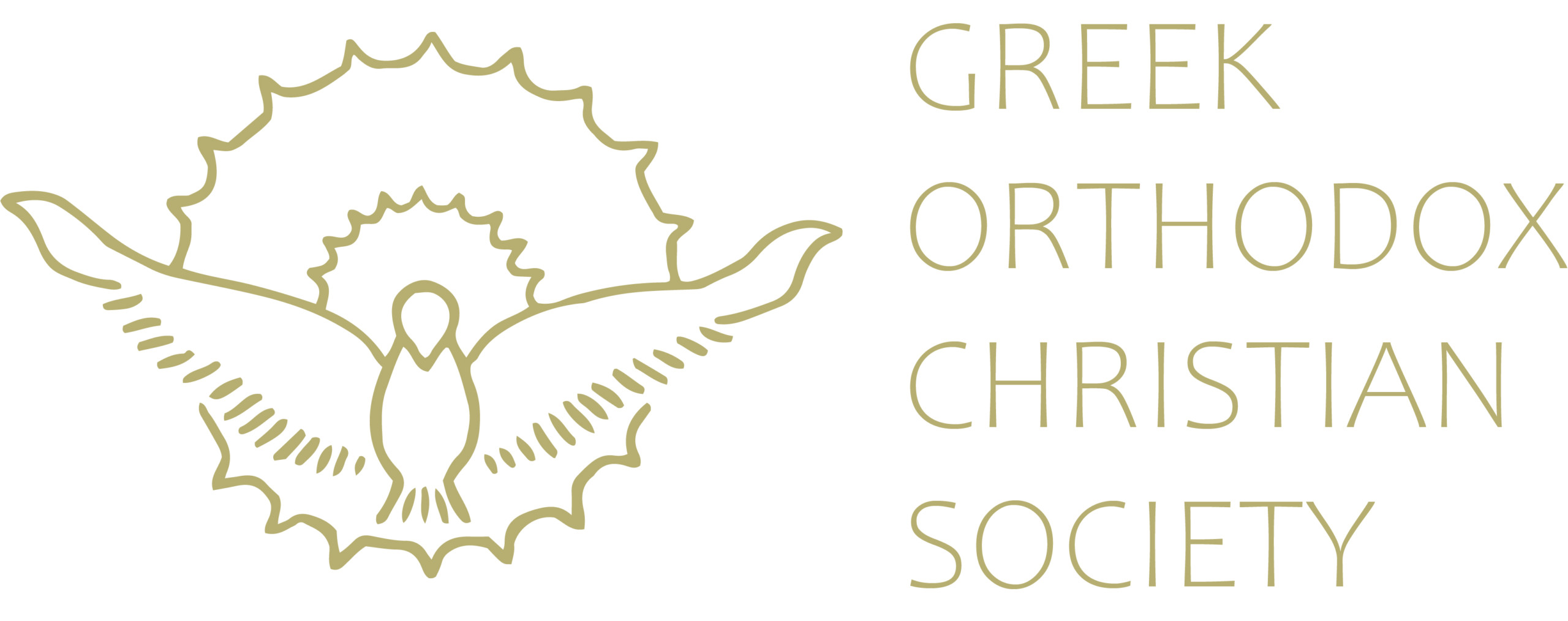How was the common cup for Holy Communion instituted?

The profound Sacrament of Holy Communion was instituted by Jesus at the Last Supper and is recorded in all the gospels. As Jesus and His twelve disciples were consuming the traditional Jewish Passover meal, Jesus took bread, broke it, and gave it to His disciples, saying, “Take, eat; this is My body” (Mark 14:22). He then took the cup of wine, gave thanks, and gave it to His disciples who all drank from the one cup, saying, “This is My blood of the new covenant, which is shed for many” (Mark 14:24). Therefore, it is Christ Himself who instituted the Holy Eucharist, so that those who believe in Him with their whole being and receive the Holy Gifts, receive Christ inside of them and become one with Him.
Through the prayers of the Divine Liturgy, the bread and wine are mystically transformed into the Body and Blood of Christ which deify us, that is, make us godly and divine. As one of the preparation prayers for Holy Communion states:
“Tremble, mortal, as you behold the deifying Blood; For it is a burning coal consuming the unworthy. The Body of God both deifies and nourishes me; It deifies the spirit and wondrously nourishes the mind.”
After the Last Supper, the Apostles of Christ continued to practice what Jesus instituted and instructed, as the breaking of bread on the first day of the week (Acts 2:42).
One of the very early Church Fathers, St Justin Martyr (approx. 155 AD) gave an account of how Holy Communion was distributed at that time:
“There is then brought to the president of the brethren bread and a cup of wine mixed with water; and he taking them, gives praise and glory to the Father of the universe, through the name of the Son and of the Holy Spirit, and offers thanks at considerable length for our being counted worthy to receive these things at His hands.”
In the Divine Liturgy of St James, one of the most ancient Divine Liturgies, the Body of Christ is handed out individually by the priest to the faithful, who then all drink the Blood of Christ from the common cup. This method of receiving Holy Communion continues to be practiced in all other Divine Liturgies by the clergy in the sanctuary.
The spoon was introduced towards the end of the first millennium. As St Nicodemus the Hagiorite writes, the spoon was introduced as there were less deacons to assist with the administration of Holy Communion, and to curb abuses and avoid spillage when drinking from the Cup.
In the current circumstances of COVID-19, people have questioned whether the virus can be transmitted through the common cup. As Orthodox Christians, we believe that it cannot. The common cup, from the time of Christ Himself, contains His Body and Blood which is life-giving, not life-taking or life-destroying. In almost 2,000 years of Church history, including numerous pandemics and infections such as tuberculosis and leprosy, there has never been a single instance of transmission of diseases through the common cup!
May we, therefore, continue to approach the common cup with the same fear of God, faith and love that has both nourished and deified Orthodox Christians throughout 2,000 years of the life of the Church.
† Fr G. L.
Source: Lychnos October-November 2020
